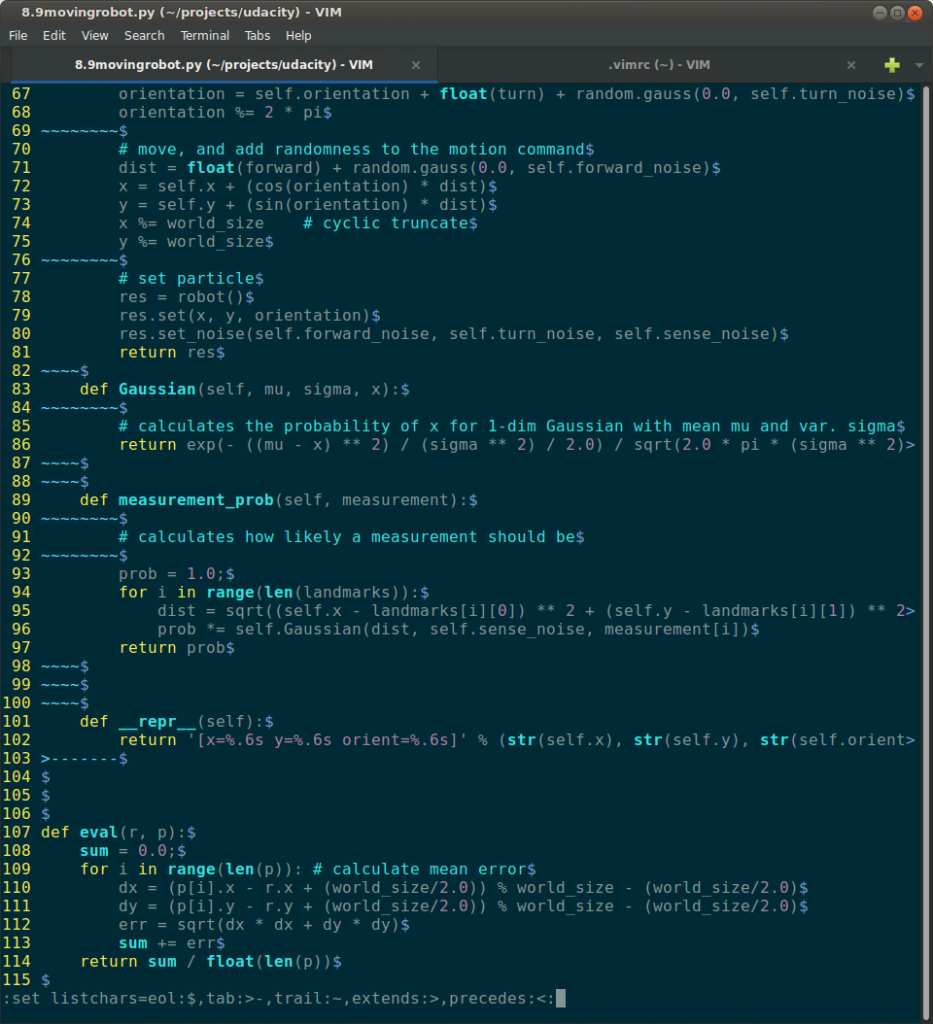Update: https://5calls.org has the script I’m using, already written for each issue!
Update: But uh, thesixtyfive.org scripts do have a more reasonable distinction between senators, house of representatives, republicans, and democrats…
Apparently calling is the way to go, much more effective than emails / social media. Thus I spent 10 minutes adding people as contacts to my phone (one-time).
From then on, each day it’s only a 10 minute exercise to call people.
Then I set an alarm for 10 am Monday through Friday. That’s my time to call.
Easy six steps:
- I used http://govtrack.us/ and looked up my 2 senators and 1 house representative (1 minute)
- I added my three state reps to my phone as starred contacts (3 minutes)
- I added four national reps to my phone as starred contacts (3 minutes)
- Pick a script at https://5calls.org
- Added that I called to my google calendar, so I can celebrate becoming involved in politics some day!
Note: You should only call representative in your state!
Note: For people in blue states, my friend says, “It matters slightly less to call, but it’s always important to let reps know what you care about so they know where to focus their energy.”
Note: Make sure you’re not using the script for Senators on your Representative. Also not the script for Democratic Senators on your Republican Senators. Sigh. (I messed this up for the Supreme Court nominee).
List of useful sites:
==========
Previously before I found 5calls.org:
- I looked at the weekly script at thesixtyfive.org/weeklyCTA and pulled out the important sentence. Then followed a shorter script (2 minutes)
- Called these 7 people during business hours and said:
“I am opposed to the executive order signed Friday barring citizens of seven predominantly Muslim countries from entering the U.S. I encourage <Representative/Senator> to please oppose implementation of any such ban. Thanks for your hard work answering the phones!” (7 minutes)
===========
Above based on notes from a former Congressional Staffer:
1. Give your name, city, and zip code, and say “I don’t need a response.” That way, they can quickly confirm you are a constituent, and that they can tally you down without taking the time to input you into a response database.
2. PLEASE ONLY CALL YOUR OWN REPRESENTATIVES! Your tally will not be marked down unless you can rattle off a city and zip from the state, or are calling from an in-state area code. I know you really want to give other reps a piece of your mind, but your call will be ignored unless you can provide a zip from their district. And don’t try to make this up; I could often tell who was lying very quickly thanks to the knowledge of the state’s geography. Exceptions to this are things like Paul Ryan’s ACA poll which are national.
3. State the issue, state your position. “I am opposed to ________.” “I am in favor of _______.” “I am opposed to banning the import of phalanges.” I am in favor of a trade deal to lower the price of juice smoothies.” That’s it. That’s all we write down so we can get a tally of who is in favor, who is against. It doesn’t matter WHY you hold that opinion. The more people calling, the less detail they have time to write down. Help them out by being simple and direct. This keeps calls shorter, allowing more callers through.
4. Please be nice! The people answering the phones on Capitol Hill already had the hardest job in DC and some of the lowest pay as well, and for a month now their jobs have become absolute murder, with nonstop calls for 9 hours every day. Thank them for their hard work answering the phones, because without them our Senators could not represent us!
What does this sound like?
“Hi, my name is Mark, I’m a constituent from Seattle, zip code 98***, I don’t need a response. I am opposed to banning the sale of blueberries and I encourage the Senator to please oppose implementation of any such ban. Thanks for your hard work answering the phones!”
This is how I wish every caller had phrased their message. It makes it easier for the people answering the phones and takes less time and emotion than a long script. I know that you want to say why, but keeping it short and sweet helps the office answer more calls per hour, meaning more people get heard. The bigger the tally, the more powerful your voice.
Also, when you’re reading off the same script as 100 other callers that day… well…they know what you’re about to say, so you don’t need to use the whole script for your opinion to be heard!
Pick one issue each day, use this format (I am in favor of _____ or I oppose ______), and call your 2 Senators and 1 Representative on their DC and State Office lines, and you’ll be on your way to being heard.

